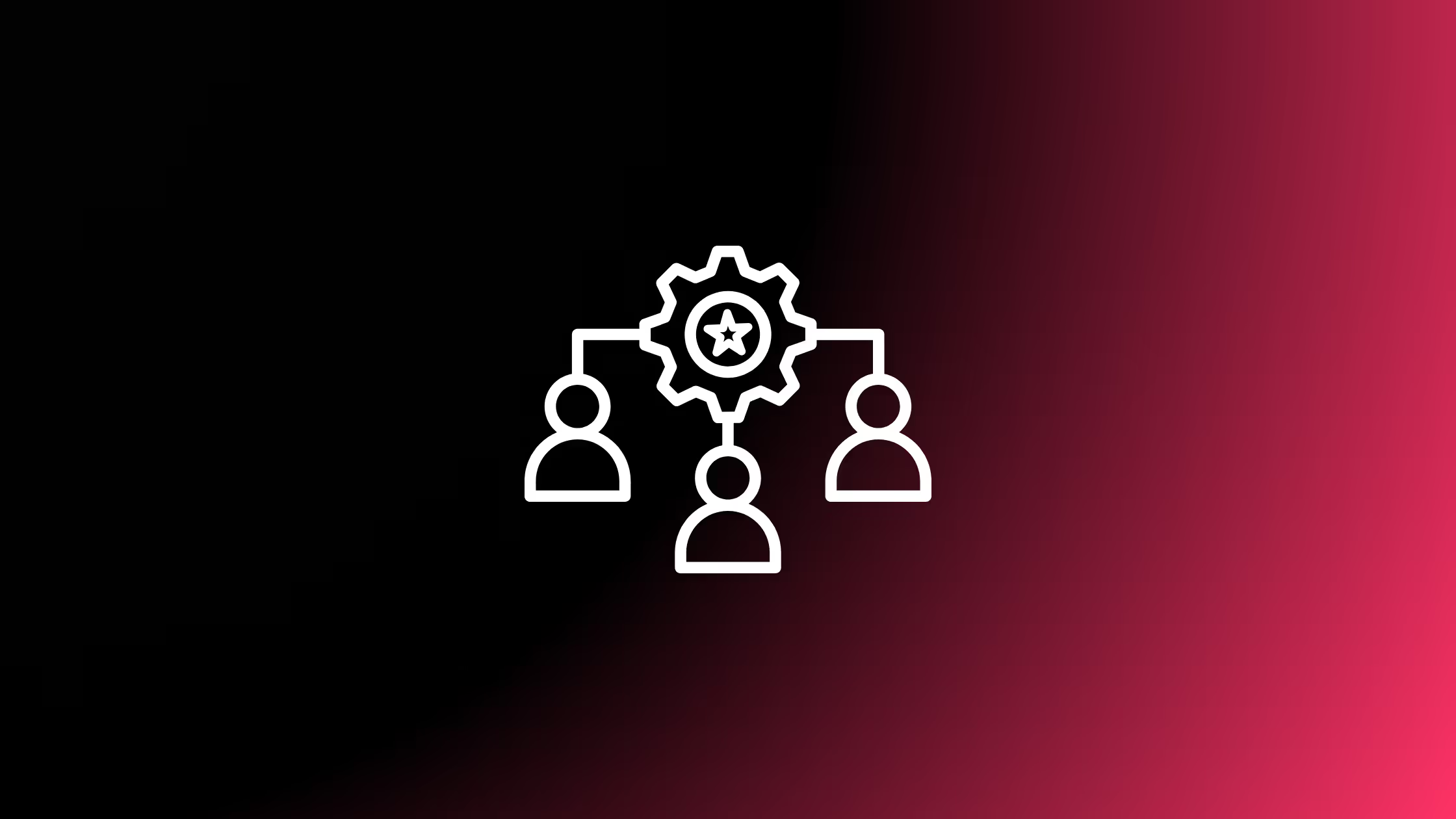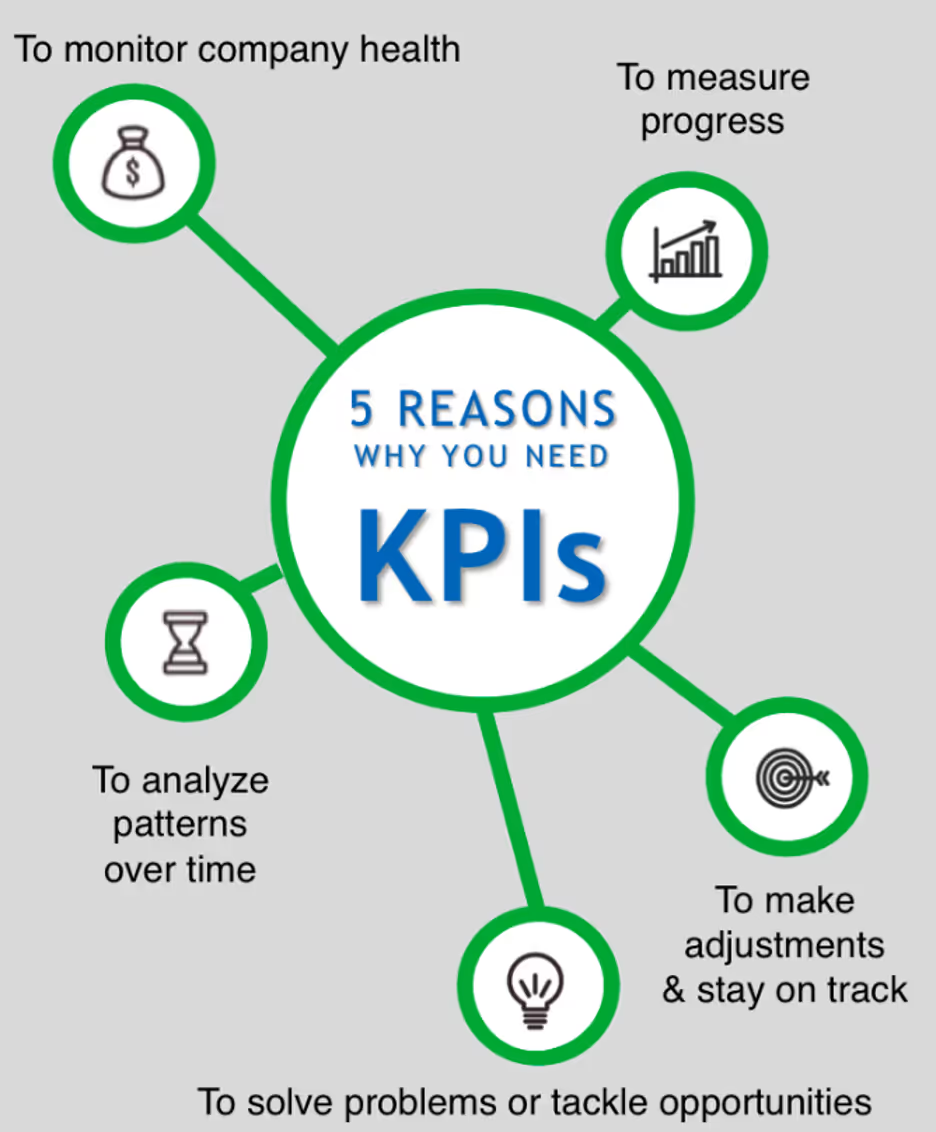Building a High-Performing Team Through Employee Performance Management

Job performance in work refers to a role's presumptive definition or specifications. Contextual and task-based work performances are the two different categories. Cognitive aptitude determines task performance, whereas personality determines contextual performance. Roles in behavior that are acknowledged in job descriptions and compensation structures are related to task performance.

While contextual performances are value-based and add extra behavioral roles that are not acknowledged in job descriptions and are covered by remuneration, these extra roles are extra duties that are indirectly tied to organizational performance. They are not covered by compensation. Like contextual performance, citizenship performance is related to various personal initiatives and contributions (prosocial organizational behavior) that uphold corporate values.
Employee Work Performance
Like most workers, you want to succeed in your position, and it would be best if you had a clear grasp of what is required of you to accomplish that. To satisfy those goals, you might also need assistance and training.
Performance management involves more than just an annual review. The key to effective performance management is ongoing, constructive communication between you and your manager. By maintaining in touch with your manager throughout the year, you'll be able to change your work performance as necessary, and your manager will be able to monitor it and support your efforts to achieve your yearly objectives.
Gartner reports that even though 65% of firms offer formal performance reviews, HR performance management is still generally an unpleasant experience for both managers and employees.
Employee Performance Management: EPM
Employers can track and assess their employees' performance using employee performance management, a corporate management tool. Sustaining and enhancing employee performance in line with an organization's goals entails implementing procedures and practices that emphasize resources, skills, and support.

● This covers a range of efforts, such as KPIs and objectives, performance reviews for employees, compensation reviews, 360-degree feedback, and learning and development.
● The idea of annual performance reviews served as the sole foundation for HR performance management.
● Today, however, many businesses are seeing the advantages of implementing a continuous performance management system. Here, feedback, L&D, and open discussion are employed to promote staff development.
● This encourages workers to succeed at work and aids managers in getting the most out of their teams.
Performance Management – What is it?
Performance management refers to a continuous communication process between managers and staff, with the two parties working together to achieve the company's strategic goals. Any organization that wants its people to perform at their highest levels, increase productivity, and achieve success must have it as the cornerstone of employee engagement and performance.
The procedure combines written and oral components take place all year long and typically concludes with an annual performance evaluation.
This communication process entails clearly outlining expectations, establishing goals and objectives, offering regular feedback, and assessing the outcomes.
Instead of establishing annual goals, the next generation of performance management will give each employee their unique set of objectives that will change along with the company's needs.
Along with being in line with the dynamic changes in the business environment, this also provides employees with real-time feedback on their performance, allowing them to self-correct and feel successful (just like using a fitness tracker would).
The Need for Appropriate Performance Management
Although the components of an effective performance-management system are straightforward, it can take time to incorporate them into a company's core operational procedures. Businesses need effective performance management. They can integrate their systems, resources, and personnel with their strategic goals through formal and informal approaches. It also serves as a dashboard, giving management advance notice of potential issues and letting them know when changes are needed to keep a business on track.
Successful performance management transforms organizations into fiercely competitive machines.
However, the performance-management system is too frequently delayed, shaky, or outright flawed in many businesses. These firms, at best, could be doing more effectively and efficiently. At worst, they might need help to adapt to changes in technologies, markets, or competitive conditions.
The fundamental tenet of effective performance management is that "what gets measured gets done." In an ideal system, a company develops a cascade of measures and targets that extend from its high-level strategic goals all the way down to the day-to-day operations of its front-line staff.
The measurements are continuously tracked by managers, who also communicate with their staff frequently to review how well the goals are being accomplished. Underperformance prompts action to fix the issue, whereas good performance is praised.
In line with the newly revised continuous employee performance management model:
● Employees and managers often meet to review one another's strengths and flaws (weekly or monthly catch-ups).
● Regularly, managers ask staff members for constructive criticism of their own work and the level of assistance they believe they are receiving (360 feedback).
● The learning and development of employees are given priority.
● Setting adaptable short-term goals and regularly reviewing progress is more important.
● Communication and cooperation are always encouraged.
● Programs for employee recognition are designed to motivate staff members and engage them.
● Poor performers are considerably easier to spot and correct.
HR Performance Management Steps
The cycle of performance management often consists of three key components:
- Performance Planning: It's important to plan ahead. The first stage is setting goals and objectives, representing the target employees want to achieve and the final state they wish to reach. The corporate goals should support and be in line with each individual's goals, and the more specific the performance planning is, the more likely it is that the objectives will be met. Employees can better balance their time and efforts between work-related tasks and unique projects by understanding how to do so. Once this phase has been completed effectively, managers and employees should both be completely aware of the timelines, the expected results, and the criteria for success.
- Performance Coaching: The main goal of this phase is to regularly provide feedback on performance throughout the entire year while offering guidance and assistance and coaching staff to adjust performance and improve their activity levels as needed. Every single employee is unique; they can work on several duties, be skilled in some areas, and want assistance in various others. Managers must therefore be conscious of their staff's multiple demands and provide coaching tailored to each individual's need. This action is crucial for empowering staff members, keeping the communication lines open and encouraging, and maximizing their achievement.
- Performance Review: Here, staff members get criticism. Recognizing an employee's talents while discussing areas that need improvement and further coaching are both important components of feedback. After completing that, new plans for more growth can be created. These plans, which mark the restart of the entire process, should also be precise and quantifiable. Keep in mind that next-generation systems emphasize real-time performance feedback. Next-generation solutions provide real-time feedback rather than tying the performance conversation to the remuneration talk and doing it annually (losing the chance to let employees reflect on performance in real-time, course-correct, and check daily what is required of them)
Qualities for an HR Performance Management Platform
Employers and employees can work inside a framework provided by the platform's segments. Every component serves a distinct function, and together they form the framework that guarantees workers are given the keys they need to comprehend and accomplish their objectives.
Make sure your platform for performance management addresses the following essential elements:
● Clear measurements: Each employee should have their own key performance indicators based on the unique role, ongoing missions, and current stage of the employee journey (known as KPIs). It is crucial to give the employee specific, tailored feedback to grasp the boss's expectations and for the manager to maintain track of the employee's performance. Since the goals must be pertinent to the particular employee to ensure employee engagement, personalization is crucial.
● Engagement resources: To guarantee that employees are committed to growth and advancement, an effective performance management system should blend performance improvement with employee engagement. Engagement can be generated in a variety of ways.
● Knowledge: Through learning and development activities, employers can verify that employees have the skills and knowledge necessary to perform their duties and achieve their goals. Learning (daily microlearning) should be included in the system.
● Recognition and Feedback: Feedback and acknowledgment are crucial components of performance management because they influence how employees feel about their job emotionally, which is a key motivator. You want your staff to have long-lasting intrinsic motivation rather than being preoccupied with the arrogance of winning something.
● Analytics: For performance management to be effective, managers must be given specific data that reflects the established measures. They should have access to the data at all times so they can develop successful goals. The analysis and support provided by the performance management software should help managers evaluate employees and justify their decisions.
Key Performance Indicators (KPIs): What Are They?
Key performance indicators (KPIs) are a collection of quantitative metrics used to evaluate an organization's overall long-term performance. Compared to other organizations in the same industry, KPIs help determines a company's strategic, financial, and operational accomplishments.

KPIs, also known as key success indicators (KSIs), vary between enterprises and industries based on performance requirements. To expand the fastest in its industry, a software company, for example, can use year-over-year (YOY) revenue growth as its primary performance measure. On the other hand, a retail chain may place a higher importance on same-store sales as the best KPI metric to track its growth.
The basis of KPIs is the gathering, cleansing, storing, and synthesizing data. The information could apply to any organizational division and be either financial or non-financial. KPIs aim to convey results effectively to management so that they may make more informed strategic decisions.
KPI Categories
The bulk of KPIs falls into one of four categories, each with distinct characteristics, target audiences, and periods.
● Tactical KPIs: Those for strategy are frequently the highest-level KPIs. These KPIs might supply data on a company's success; however, they only give a broad picture. Executives typically employ strategic KPIs, such as return on investment, profit margin, and total business revenue.
● Operational KPIs: They require much more immediate attention. To assess a company's performance from month to month, these KPIs look at various processes, market segments, or geographic areas (or even day-to-day). The managing staff typically uses these operational KPIs to analyze inquiries that come from evaluating strategic KPIs. For instance, if a CEO notices that overall company sales have decreased, they may want to know which product lines are having issues.
● Functional KPIs: They concentrate on certain organizational divisions or responsibilities. The finance department, for instance, maintains track of the count of new vendors they register per month in their accounting information system. In contrast, the marketing department counts the number of clicks each email distribution receives. These KPIs might be strategic or operational, but only some customers will find value in them.
● Lagging/Leading KPIs: The type of data being examined, including whether it is signaling upcoming occurrences or pointing to past ones, is identified by the leading/lagging KPIs. Two other KPIs are the number of overtime hours and the profit margin for a flagship product. The number of overtime hours worked may be a key KPI if the company notices lower manufacturing quality. On the other hand, profit margins result from operations and are considered a lagging indicator.
Create KPI Reports
Companies gather more data daily, making it difficult to sort through the data and identify the KPIs that will most influence decision-making. Consider the following procedures as you start to put together KPI dashboards or reports.
● Talk about intentions and goals with business partners: KPIs are just as helpful as their users decide. Understand your business partner's goals before putting together any KPI reports.
● Create SMART KPI specifications: KPIs should be constrained and connected to precise, measurable, doable, practical, and time-bound measurements. Please focus on the information you have that is readily accessible and ensure that it satisfies the SMART acronym's standards rather than using vague, challenging-to-determine, or unattainable KPIs.
● Be flexible: Be ready for new business issues to arise as you compile KPI reports, and be prepared for other areas to receive more focus. KPIs should adjust as business and consumer needs change, with specific figures, measures, and targets shifting following operational advancements.
● Attempt to keep users manageable: It could be tempting to present report users with as many KPIs as possible. KPIs can be challenging to understand at a certain point, making it more difficult to decide which measures should be prioritized.
Performance Management and Organizational Systems
Other organizational systems are frequently connected with the performance management process, such as:
● Planning strategically: The "quality" of the workforce and whether the company is successfully luring and keeping talented employees are two issues that are frequently evaluated by long-term workforce planning models using performance management metrics.
● Total remuneration: Most organizations base their pay-for-performance compensation procedures on performance measurements.
● Both individual and group growth: A personal development plan (IDP, also called a career development plan) serves as a last documented step in the performance evaluation process and helps employees set goals and improve personally to enhance their career and promotion prospects
● Preparation for succession: Long-term planning for future organizational leadership requires essential inputs from performance data collected over time.
● HR tech solutions: To handle the procedures involved in goal formulation, performance reviews, and performance improvement plans, many firms employ software programs.
Conclusion
The performance management process is fairly drawn out and involves a lot of different components that need to be addressed. Additionally, as each employee has unique personal objectives and traits, it must be done simultaneously with every single employee in the firm.
Therefore, employing a platform that supports the process and aids managers in handling and operating it from start to finish may be necessary, especially in large enterprises. Systems for HR Performance Management allow managers to measure and monitor the performance of specific people, departments, and the entire business.
Find out how Compport can help you manage all your Employee Performance Management process, book a demo today!
%2520(6)%2520(2).avif)


%20(49).png)
%20(48).png)
%20(47).avif)
